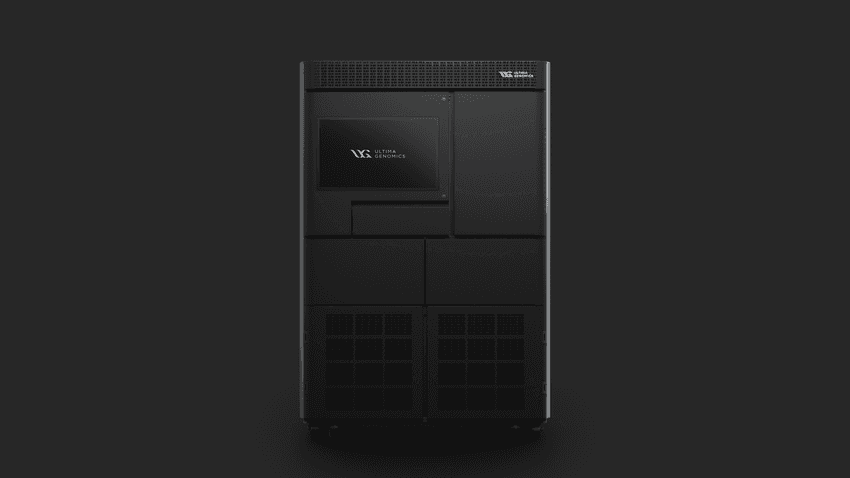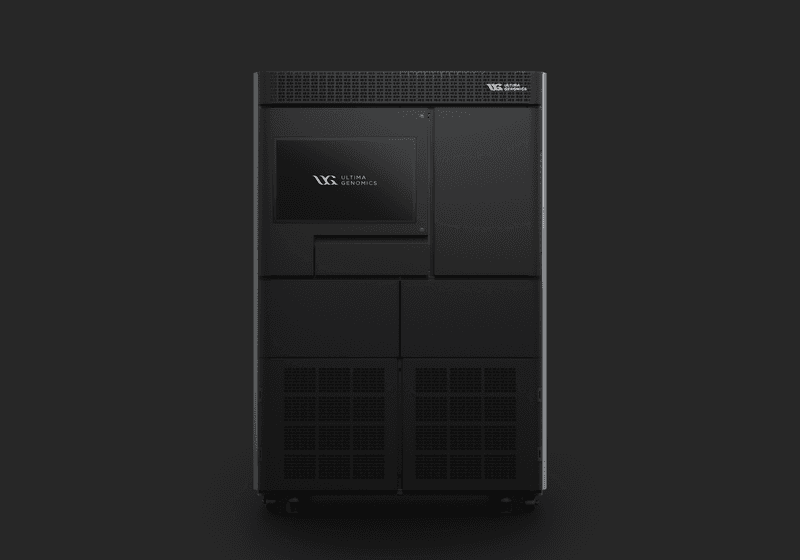Researchers increasingly seek a quick, efficient, and cost-effective solution to genome sequencing that helps them overcome workflow bottlenecks and resource constraints.
DNA sequencing technology has become a laboratory staple, helping scientists advance genomics research by leaps and bounds. However, analyzing vast amounts of genetic material often leads to bottlenecks that can impede downstream workflows and data acquisition.
Ultima Genomics’ UG 100 Solaris™ is a high-throughput sequencer that helps researchers overcome speed and efficiency setbacks. “Solaris technology provides the opportunity to do a sequencing run that produces over 10 billion sequencing reads,” said Jay Therrien, Ultima Genomics’ chief commercial officer. “When we came to market a little over two years ago, we talked about a $100 human genome. Just a year after commercial launch, we have reduced the price by 20 percent, so now an $80 genome, and we do that by dramatically increasing output.”
The UG 100 Solaris allows researchers to load more templates per wafer, thereby increasing output and accuracy. Kenny Beckman, director of the University of Minnesota Genomics Center, described how the platform’s stellar output and cost effectiveness have enabled the launch of the center’s Model Organism Sequencing Service (MOSS). “We deliver 30X whole-genome sequencing of Drosophila and C. elegans isolates, including a complete informatic analysis of variants, transposon insertions, and so on, for about $30. The benefit to scientists is simple, but also a bit revolutionary,” Beckman said. “Instead of using PCR plus Sanger sequencing to confirm a CRISPR edit or other genetic manipulation, you can now just sequence the entire genome, for about the same price…We think that MOSS is a great example of how a quantitative drop in cost results in a qualitative change in the way that sequencing is used.”

The UG 100 Sequencing Platform increases sequencing read output by over fifty percent and reduces the price per data by point by twenty percent.
Digital Creative Associates
Therrien is excited about the release of Solaris and the response of customers to the technology. “Since the time of the announcement of Solaris in February of this year, we’ve added several more commercial and academic service providers to our network, who have all been convinced of the high quality and utility of the platform and have been adding it to their range of services,” he said.
Check out all of The Scientist‘s Top Innovation winners of 2025.

